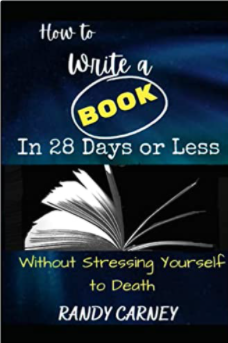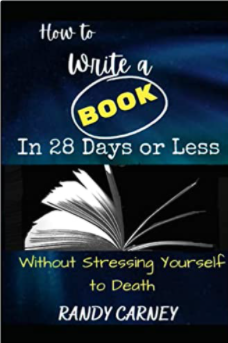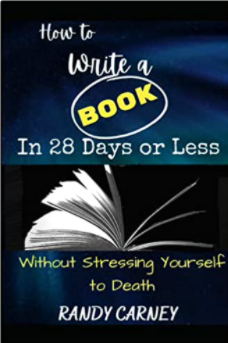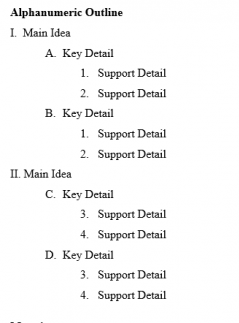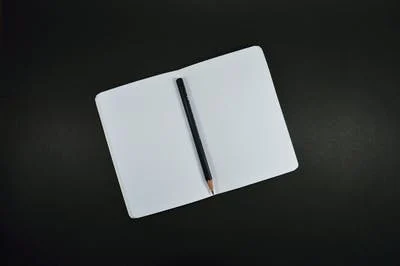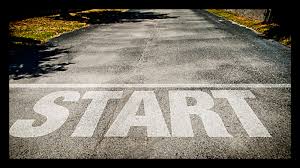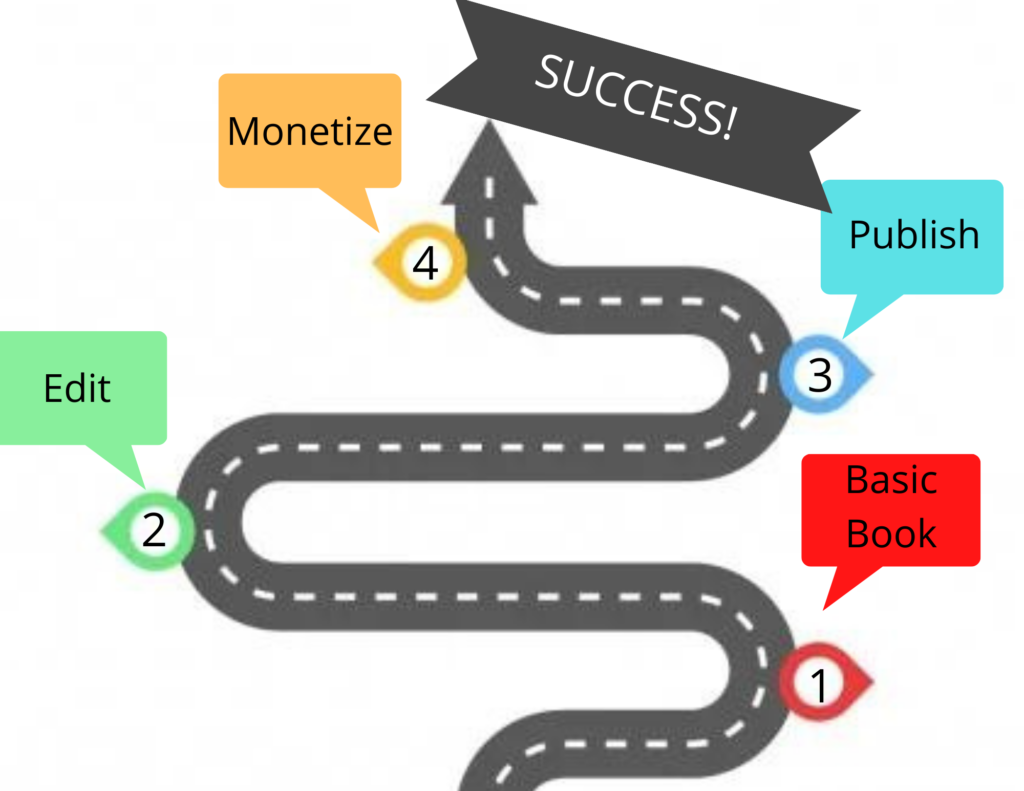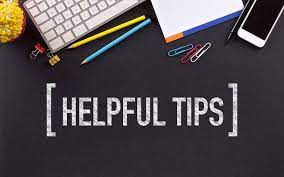I hope you’re having a great day. Today, I’m going to give you some tips for writing fiction. I’ll include four ways to develop a great story. As I discuss these four ways of developing a great story, I will place the tips into four different categories.
Personal Tips
You want to make the story your story. It should be a story that you love, a story that you would like to read. You want to put yourself into it.

Then you want to make it your personal journey. As you do that, you don’t have to actually make it an autobiography. You might use elements of your own life story.
Practical Tips
Secondly, we have what I would call practical tips.

First of all, write every day. I resisted journaling for many years because I didn’t know what to write about. I didn’t feel like I would be very good at it. Even when I had past attempts at writing diaries, I had trouble getting started. But in the past year and a half or so, I have discovered that I do actually enjoy journaling. The secret has been I just pick up the pen and start writing whatever comes to mind. Sometimes it is a diary entry, sometimes I talk about ways of doing things, and sometimes I talk about ideas for the future. But I just write whatever comes to mind. That is called free-flow writing. When you’re writing your actual book, of course, you will be writing daily in that regard. But write every day.
Next, you should read other stories. When you find a fiction writer that you really like, read a lot of his or her stories. Read other fiction writers as well.
There are also many ways to beat procrastination and writer’s block. I won’t go into all of that right at the moment. However, my book on how to write a book in 28 days or less goes into that in detail. One of the things that it involves is breaking your project down into smaller projects. How do you eat an elephant? One bite at a time? How do you write a book? Write a chapter. So you want to chunks.
Practice free-flow writing where you just write as fast as you can. Simply let the words come. Don’t correct that spelling mistake you obviously made, don’t correct that typo right there. Keep writing and get the flow of the story going. and practice that free-flow writing.
After you have your rough draft or a section you want to edit, read it aloud to yourself.
So far, we’ve had personal tips and then we’ve had some practical tips. Let’s go into general tips while you’re writing your fiction.
General Tips
First of all, ask questions. You can make your main character ask questions. You can have the minor characters asking questions. You want to think of what questions your readers might have and ask those questions. Ask yourself questions about the story. Ask yourself, how did they get in that predicament? Ask yourself, how are they going to get out of that? Ask yourself what comes next.
Next, you’ll want to withhold some information. Maybe withhold a lot of information. You don’t have to give the whole story the whole biography. What you need to do is to give enough info for the start of the story, and then you know where the story is going. Withhold information so you can have some surprises along the way.

Use action and active voice. Active voice is where the subject performs an action. Passive voice, that’s where the action is being done to the subject. For instance, “The ball was hit.” In that case, you had the subject, which was the ball and the action was being done to the subject. But you can change that around and say “The batter hit the ball.” In that case, the subject is performing the action. The way to find this passive vs active voice is to look at your manuscript and find instances where you’re using that passive voice, and make changes.
So those are some general tips for writing fiction.
Story Tips
Now for some more specific tips: Give the main character a problem.
Next, get that main character into trouble quickly; very early in your story. Of course, the first part of your story should include a lot of information about your character’s regular life, before he/she gets thrust into the life-changing aspects of the story. But you want to get them into trouble as quickly as possible.
Then as the story progresses along, intensify the problem, make it worse in their minds.
Include a series of progress and setbacks.
Attempts to correct the problem seem only to make things worse. So show the attempts to correct the problem making things worse.
Finally, make the situation seem hopeless. Of course, you know the way out because you know where you’re going with the story. But write in such a way that the character doesn’t know how he or she is going to get out of this seemingly hopeless situation. Then guide your character down the path to where they get to a resolution to the problem.

That will make for some exciting fiction as you’re writing your story.
Well, I hope this has been helpful to you. If you’d like more tips like these, go to www.randycarney.com. If you would like more information about how to write a book, just follow this link for my book How to Write a Book in 28 Days or Less Without Stressing Yourself to Death.
Well, I hope that you have a great day, and remember, you can write a book!

